THE GODMOTHER OF DENIM
Revolutionizing jeans, one stitch at a time
Sep 24, 2024
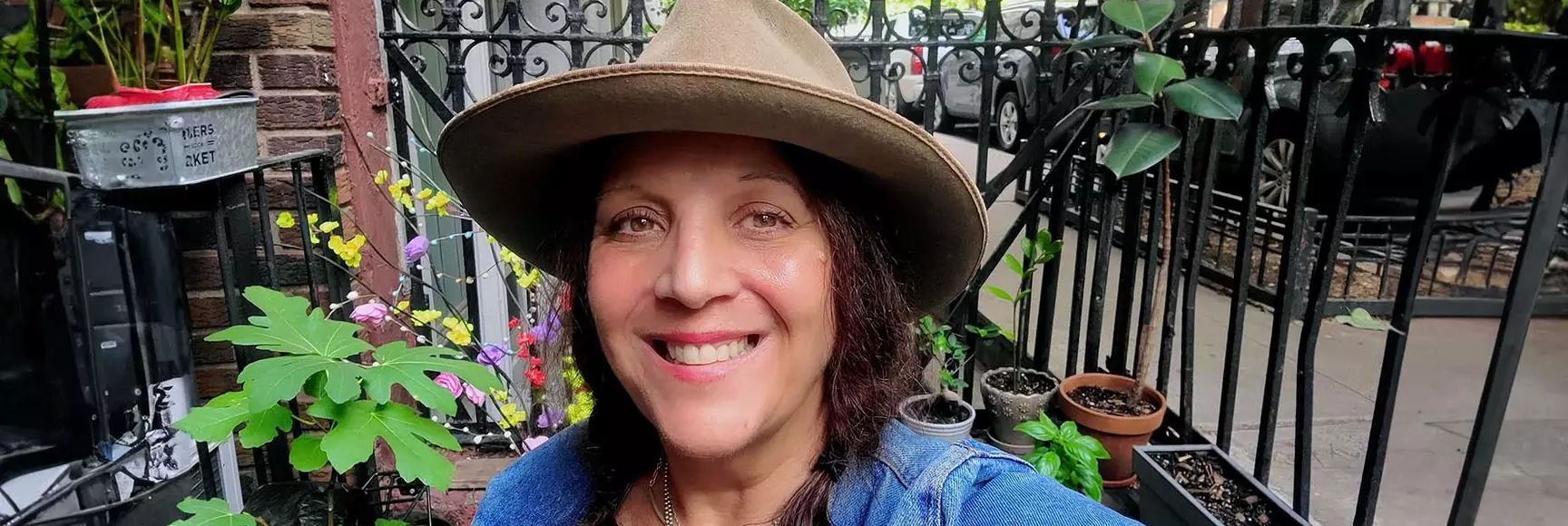
She leads her company, focusing on upcycling and repurposing materials to reduce waste. She is known for her hands-on approach and combines a deep understanding of denim's history with cutting-edge innovation, making her a driving force in the industry's push toward a greener, more responsible future. She has collaborated with iconic brands like Ralph Lauren, Tommy Hilfiger, and Calvin Klein.
Meet Christine Rucci, the “Godmother of Denim," with over 40 years of visionary experience in the fashion industry.
'From the Bean to the Jean©' is a fascinating concept. Can you elaborate on how the historical significance of indigo and its transformation into denim has influenced your design philosophy over the years?
The title of my book that I'm working on, 'From the Bean to the Jean©,' ties into the full cycle of denim production. Indigo is a legume, which is the 'bean' part, and it's a significant historical dye for denim. This concept really aligns with my philosophy of sustainability and traceability in the denim industry, seeing denim not just as a fabric but as a narrative that ties into history, agriculture, and technology. It’s about understanding where things come from and the journey they take.
'From the Bean to the Jean©' means something to me about my own personal philosophy too. You know, I volunteer as a tree steward in the city of New York, and I believe we have a responsibility to the environment. My work is an extension of that belief, turning raw materials into something functional and meaningful, like denim.
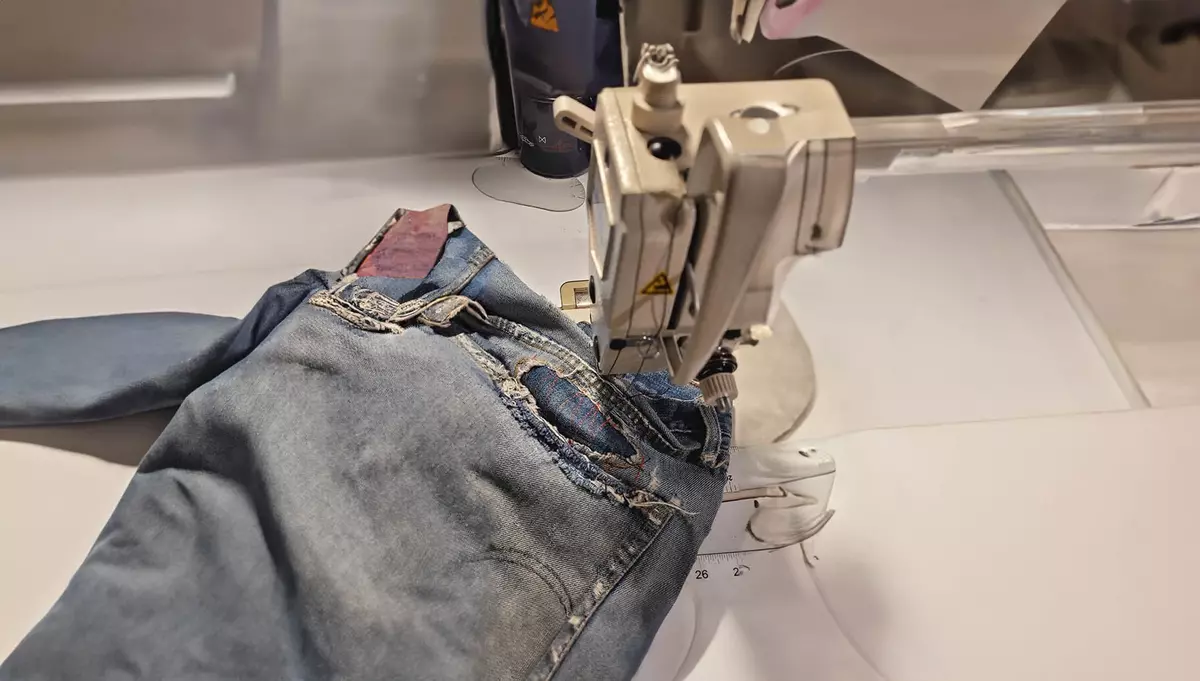
Reflecting on your extensive career, what were some of the pivotal moments or projects that shaped your understanding and approach to denim design?
One pivotal moment was when I wasn’t allowed to wear jeans growing up; they were a form of rebellion for me. This led me to design a pair for a Levi's contest when I was younger. Another significant moment was my first job at Calvin Klein Jeans, where I learned the importance of material and the value of a good fit, which influenced how I think about jeans today.
Working closely with fabric mills and understanding the nuances of different types of denim has also been a key learning experience. It's about more than just the visual appeal; it's about how the fabric performs and feels over time, and that’s shaped my approach to creating durable and comfortable jeans.
You mentioned the importance of learning the 'back of the house' in denim production. Can you share an experience where your hands-on knowledge of the production process significantly impacted your design decisions?
Spending time at the mills, the sewing factories, and laundries, learning how to handle fabrics and understanding their behavior, was crucial. For instance, I learned that certain stitching techniques could only be achieved with specific machines, which greatly influenced how I designed jeans. I also saw firsthand the impact of using different fibers and how they reacted during washing processes, which made me rethink my choices in fabric selection.
I like to work with my pattern maker closely. After fittings, I sometimes take the paper pattern and make a miniature 3D paper model to see if it works. This hands-on approach helps me anticipate potential issues in the final product, ensuring the jeans fit perfectly and maintain their quality over time.
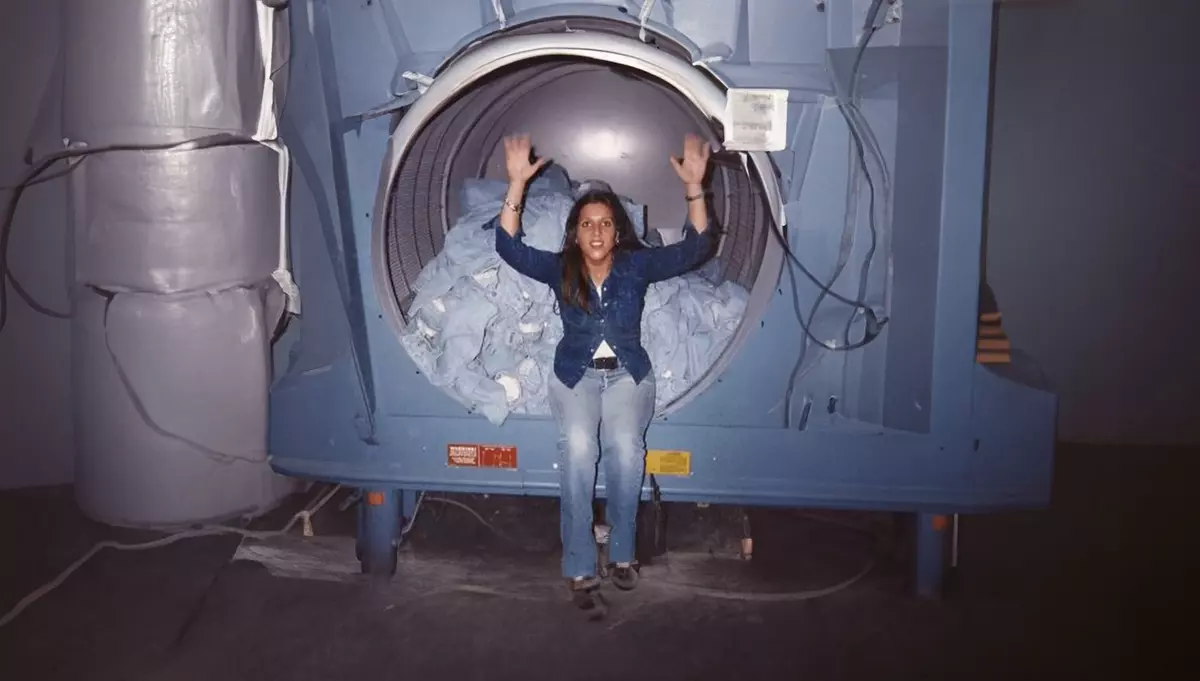
Looking ahead, what do you see as the next big trend or innovation in denim that designers and consumers should be excited about, particularly in terms of sustainability and technology?
Advancements in sustainable dyeing technology and new fibers like QIRA®, which is made from corn, are very exciting. These innovations reduce environmental impact and offer new possibilities in terms of fabric properties and uses. We’re also likely to see more recycled cotton and innovative uses of agricultural waste in denim production.
We are moving towards a future where circularity will play a huge role, with more emphasis on using recycled materials and reducing waste in production. The next big trend will likely be a focus on sustainable practices becoming the norm rather than the exception in the denim industry.
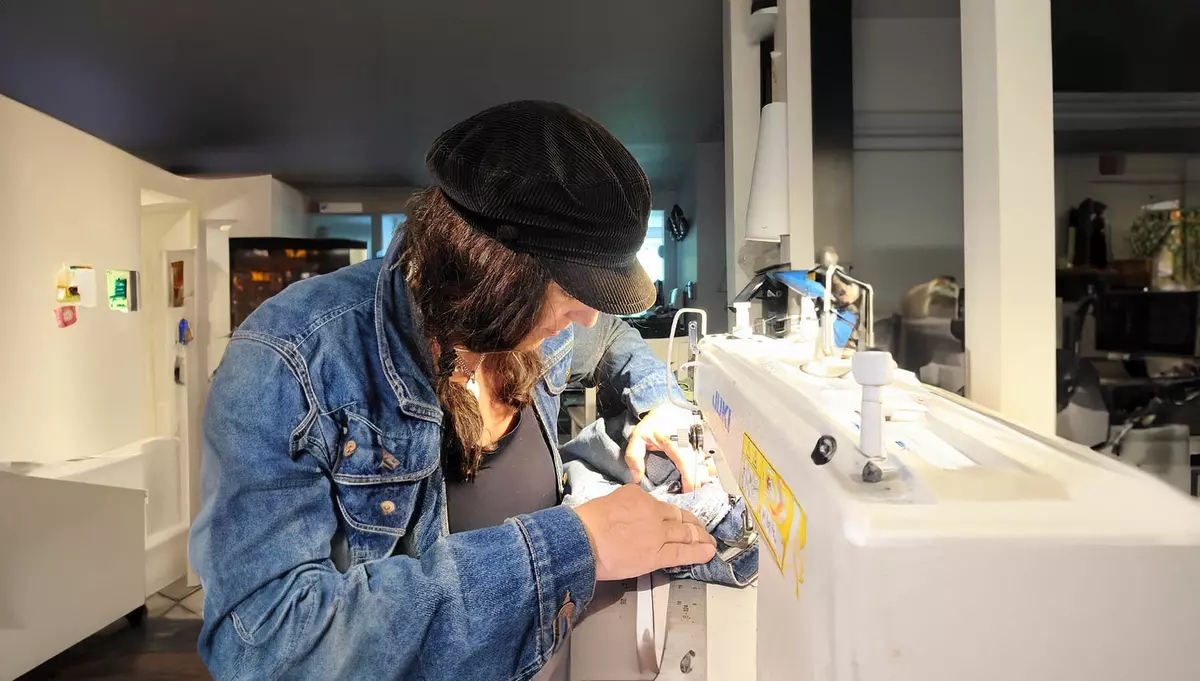
As the President of Godmother NYC Inc., how important are nearshoring and sustainability in today's denim industry, and what steps can companies take to start implementing both effectively?
Nearshoring is critical because it helps reduce carbon footprints and supports local economies. Investing in local manufacturing can bring back jobs and reduce the reliance on overseas production. Sustainability is equally important; companies need to consider the full lifecycle of their products. Steps to implement this effectively include sourcing locally, using eco-friendly materials, and investing in sustainable technologies like bio-compostable packaging and recycled raw materials.
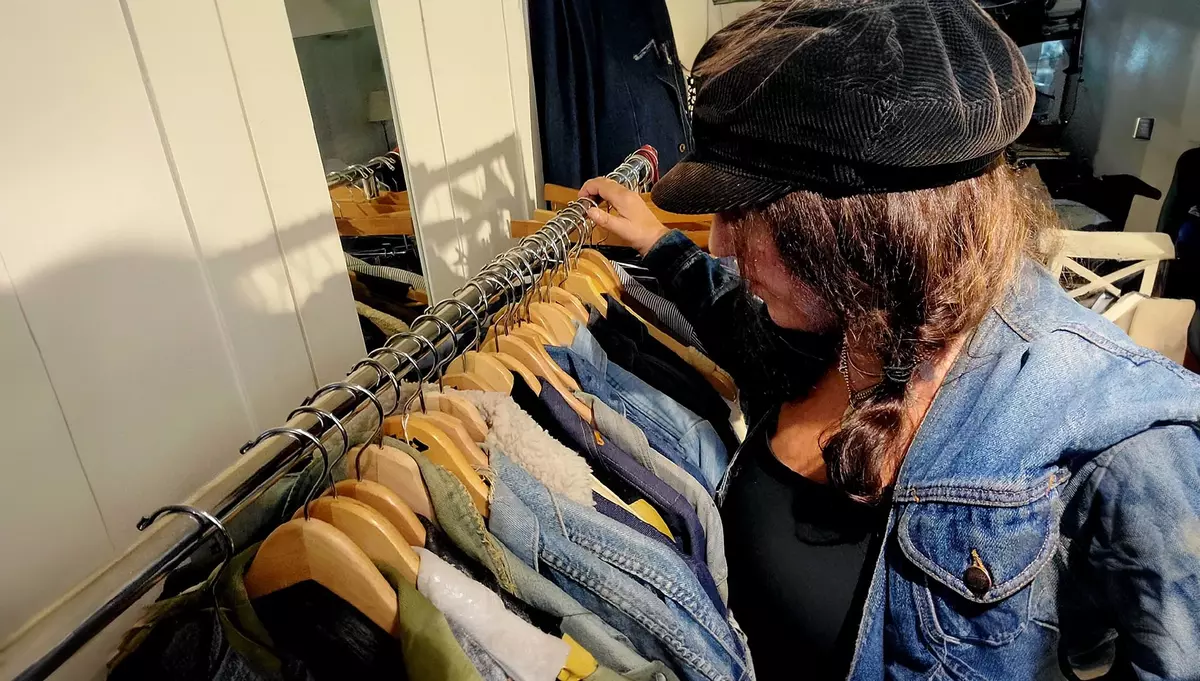
What advice would you give upcoming designers and brands?
I think one of the things I’d like to share is about the responsibility we have as designers and brands to think beyond just the product. It’s not enough to say we have a sustainable line; we need to be looking at every aspect of our production, from the fibers we use to the factories we partner with, and the communities we impact. It’s about a holistic approach to fashion, where every step is thought through for its environmental and social impact.
I’d also like to add that there’s a need to preserve the craft and knowledge of denim production. Many skills are being lost as production moves overseas, and there’s an opportunity to bring some of that back and invest in local artisans and manufacturers. It’s not just about sustainability in terms of materials but also sustaining the craftsmanship and skills that have been a part of this industry for decades.
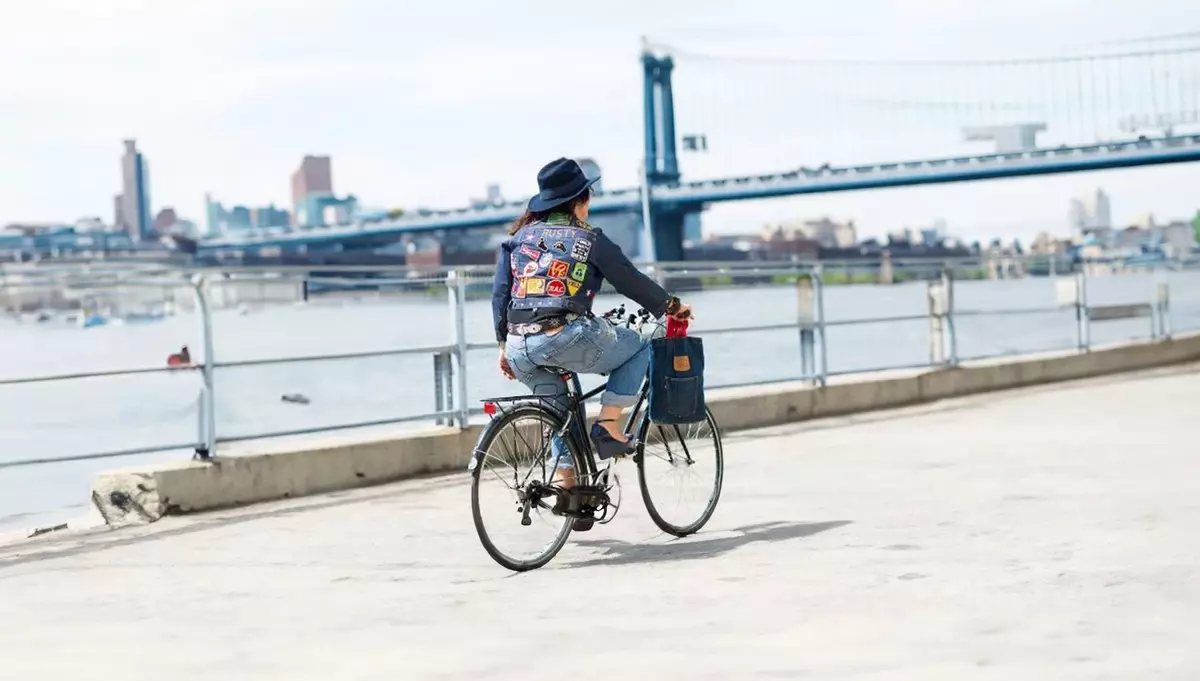
Photo Credit: Kingpins New York
What ignited your passion for denim? You started at a very young age, designing your first jean for a Levi’s-sponsored design contest when you were just 10 years old. How did that early experience shape your career?
Denim represented a form of rebellion for me. Growing up, I had to wear a uniform to Catholic school, and everyone looked the same. Seeing everyone outside in Levi's and wanting to express myself differently ignited my passion for denim. I designed my first jean for a Levi’s-sponsored contest when I was just 10, which was my first taste of how transformative a simple piece of clothing could be. It wasn’t just about the fabric; it was about identity, culture, and self-expression.
That early experience showed me the power of design and storytelling. I realized that through denim, you could communicate a story, a history, and even a rebellion. It set the foundation for my career, where I’ve always tried to use denim not just as a product but as a medium to tell a story, whether it’s about sustainability, craftsmanship, or culture.
Thank you so much for your time today, it was a pleasure speaking with you about denim.
Discover more fibers for denim
We offer fiber solutions for denim for every occasion and every type of garment while delivering long-lasting comfort, fit, shape, and durability.